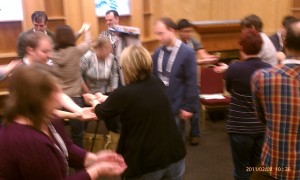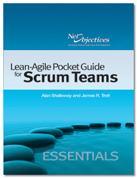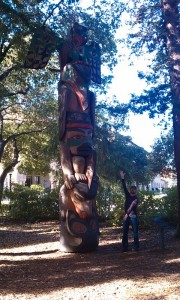As a scrum product owner, you are a visionary, representative, editor, and investment manager.
As the team’s visionary, you are the person who knows more than anyone else what this product can, and will be. Just as Michelangelo could see the statue in the stone, you can see your end product in the needs of your users. You know who will use this product, who will buy it, and why.
Read the full article…



